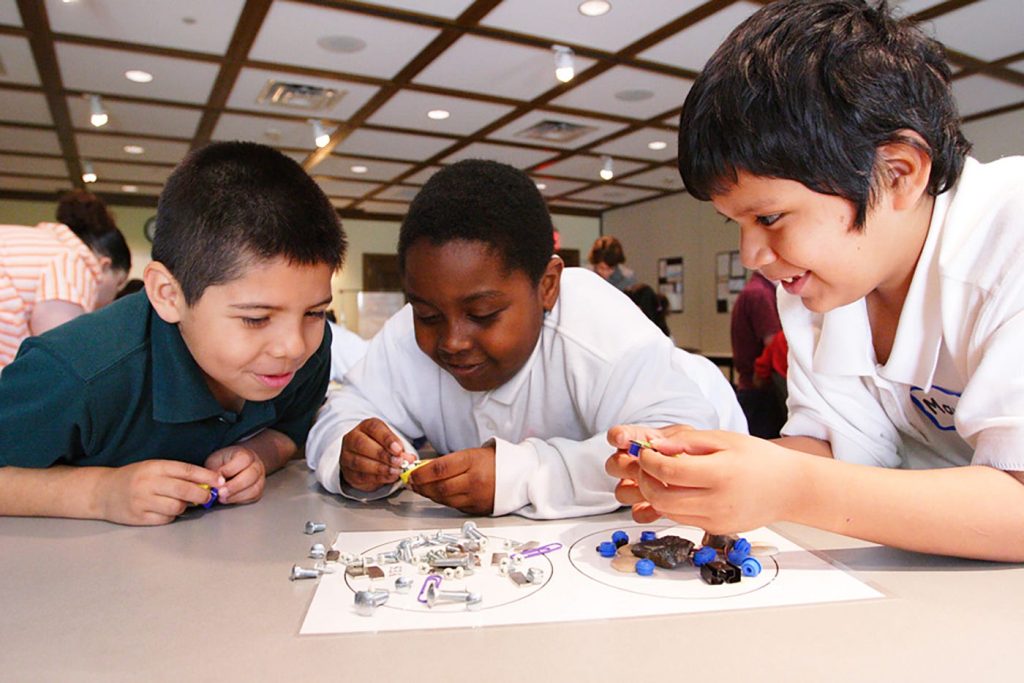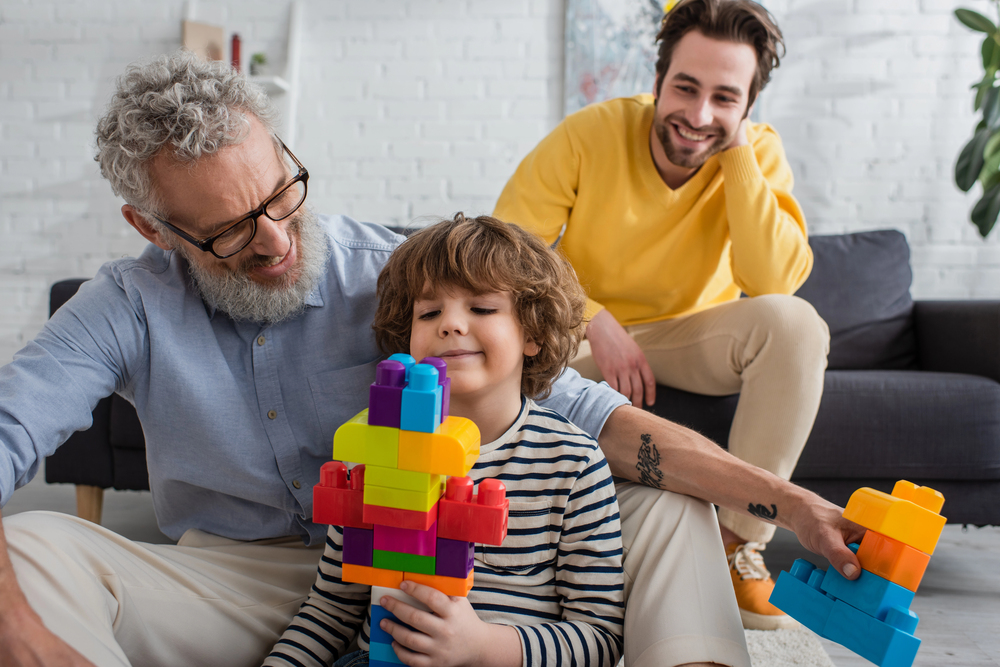
What do you say when the family picture changes? For parents who’ve had to make the painful choice to distance themselves from an abusive family member, the second hurdle is explaining it to their children without loading on confusion or shame. Estrangement from family isn’t a soap-opera plotline in celebrity gossip; it’s a reality for over one-quarter of American adults, and it’s as messy as it is emotional. The silver lining? There are ways to make children safe, loved, and in charge, even when the family form is evolving. This guide puts together expert insight, real-world experience, and practical advice to enable parents to have these talks with confidence and compassion. From dealing with tricky questions to establishing new networks of support, here’s how to keep your child’s welfare as your top priority.

1. Reassure Kids: It’s Not Their Fault
When the family connection breaks, children often ask themselves if they were the ones to blame. Practitioners maintain that it is necessary to address this head-on. As Psychology Today has shared, talking clearly and plainly with them in language like, “You didn’t do anything wrong. This person just isn’t safe to be around,” helps children understand that the decision is made based on safety not anything they’ve done. Studies note that children, especially those under age 7, are egocentric by nature and may internalize blame for family changes. Reiteration of this story, especially in moments of unhappiness or confusion, is necessary so they can learn to accept the change without being unduly guilty. Constantly telling them they’re innocent is not only protecting their self-esteem but setting the stage for honest, open communication as they get older.

2. Offer Age-Appropriate, Honest Answers
What you say needs to be suitable to your child’s age and emotional maturity level. Toddlers are best introduced to separation through play-acting with toys or just telling them a story. Older kids need clear but sensitive explanations. For example, telling them, “We don’t see Grandma anymore because it isn’t safe,” gives them facts without scaring them. Pretend and story can be great means of sharing most with the little ones, but with the bigger kids, a bit more context but not the whole adult version of what went down is what they may need. Folks caution against over-explaining or telling, “You’ll understand when you’re older,” which is come-down-y sounding. Instead, let their questions determine how much you’ll share with them, and have them come up for re-discussion once they’ve matured.

3. Validate Their Emotions and Leave Room for Larger Feelings
Kids may react to estrangement with sadness, anger, or confusion and that is natural. Child development specialists explain that it is a good idea to validate these emotions rather than rushing in to ‘fix’ them. Saying to kids things such as, “I can see that this is really disturbing for you. That would make sense,” makes them feel accepted and understood about how they are feeling. Leave space for tears or silence; sometimes children need a moment to get on track. Quiet time or bedtime conversations can provide them space to converse. Emotional validation is also an excellent resilience builder it allows children to understand that all feelings are okay and can be managed, even the tough ones.

4. Offer Children Agency and Safe Choices
Giving children some control over their relationships within safe parameters can offer them a sense of less helplessness. Some also offer alternatives like supervised contact, letter writing, or phone calls, always with safety in mind. As they reach adolescence, slowly giving them increasing autonomy to decide with whom they should relate can also prove beneficial. The focus, as mentioned in personal accounts, is on minimizing harm, not closing doors. If an estranged family member makes contact with gifts or cards, being honest about it and letting children decide how they should respond increases trust. Giving children a sense of agency empowers them to learn confidence in managing complex relationships in the present and future.

5. Keep the Estranged Relative from Becoming Taboo
It’s simple to just avoid mentioning the estranged relative, but putting them on a pedestal as an off-limits topic can add to the confusion and stigma. Instead, create a culture where children feel free to talk about memories good or bad without shame. As posted on Toby & Roo, welcoming those discussions, rather than shutting them down, works to legitimize the process of mourning and loss.

Encourage kids to share stories or ask questions and respond in an open manner: “It’s okay to remember the good times, even though things are not the same anymore.” This not only allows emotional healing to happen but also prevents the estranged person from being a secret or stigma for the family.

6. Create an Attachment Village: Strengthen Other Nurturing Relationships
In losing one attachment figure, other relationships must be encouraged even more than before. According to experts, an “attachment village” must be consciously created a community of loving adults such as extended family, close friends, coaches, or teachers, among others. More quality connection time like special suppers, love notes, or before-bed chats makes children feel safe and loved. Promoting healthy relationships with positive role models provides further layers of care and helps children feel that family is not just provided but can also be selected. Caring for children by placing them around positive influences makes them stronger and gives them a sense of belonging, even in the face of changes in family life.

7. Don’t Hesitate to Seek Professional Help
Estrangement in family impacts all mental health, and no one should be ashamed of it. Research shows that therapy provides a sense of warmth, validation, and a secure space in which to process complex emotions perhaps for the first time. As Dr. Lucy Blake told the APA, “That therapeutic relationship is really important, especially feeling safe and feeling validated.” Support groups or group therapy can also leave parents and kids less alone and lower psychological distress. If your child is struggling, remind them that it takes strength, not weakness, to talk to a counselor or respected teacher. Mental health matters just as much as the safety of their physical body and it’s a gift that keeps giving throughout their lives.

Strained relationships are never easy, but with honesty, compassion, and a focus on safety, parents can guide their children through the tempest. By remaining open and honest, validating feelings, and creating a strong support system, families can build strength and hope and continue to move forward. Remember, the road is complicated, but you’re not alone and better times lie ahead for you and your children.


